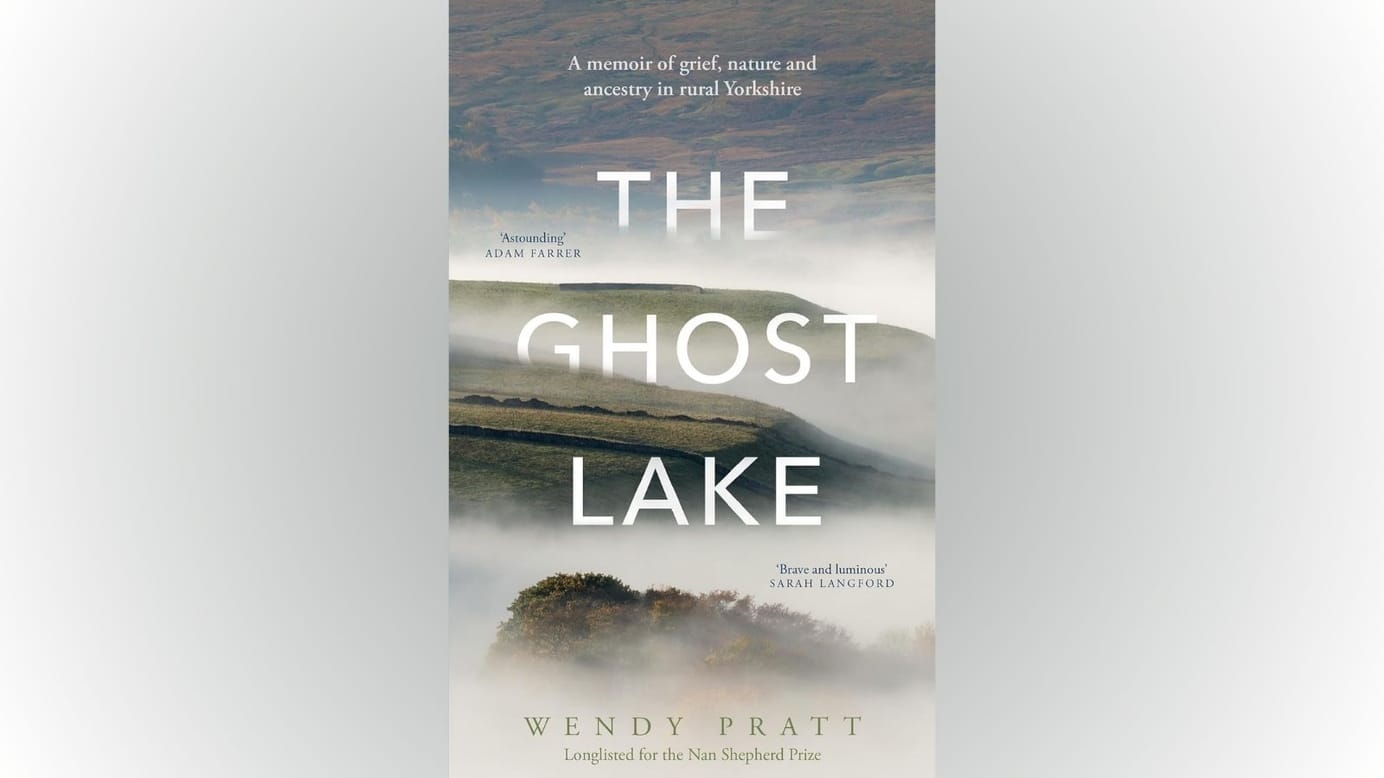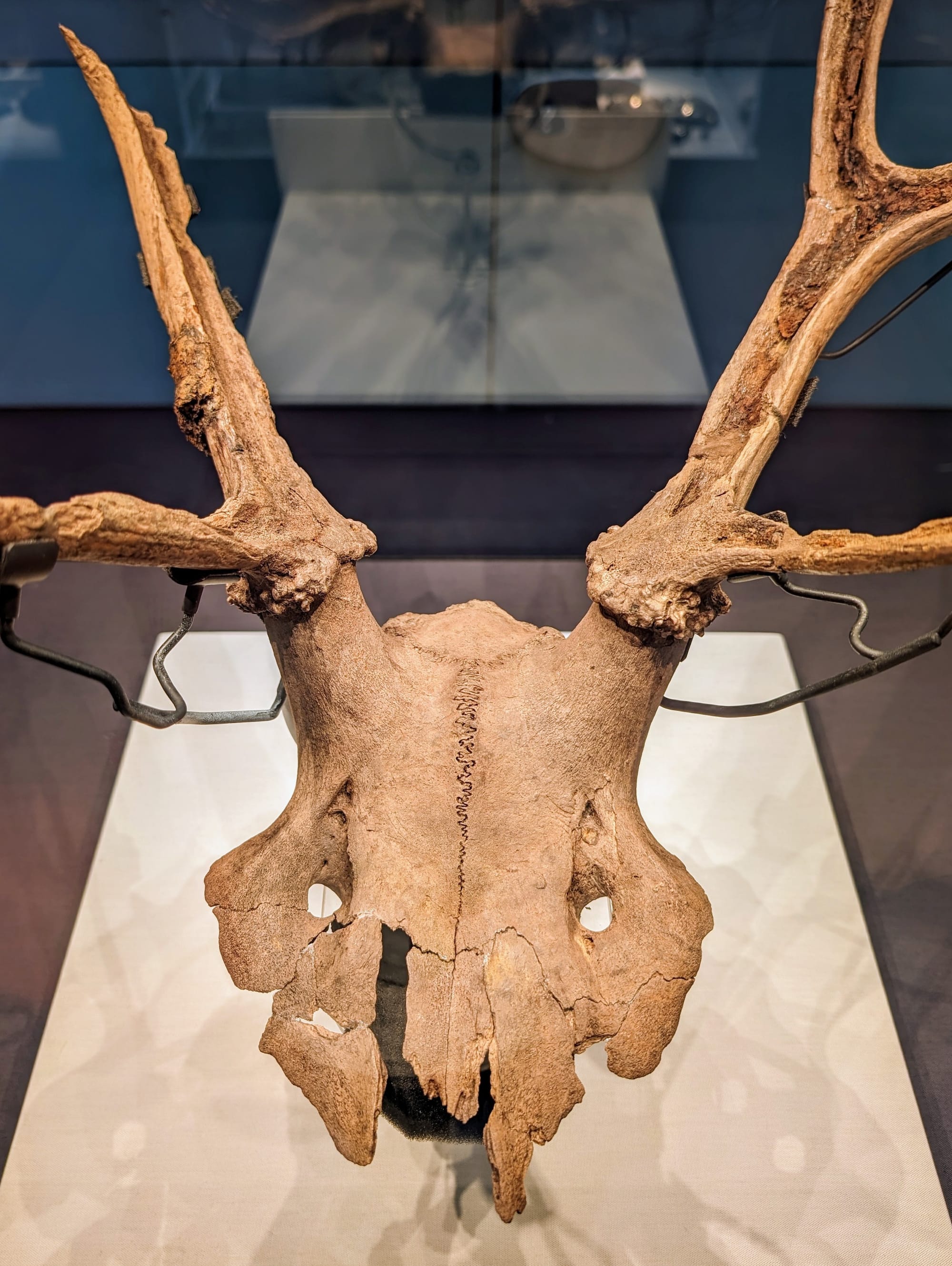
Book review: The Ghost Lake
Our round-up of recent nature books, including a memoir centred on the ancient landscape of Yorkshire.
If I could time travel, the first place I would visit would be the Mesolithic settlement at Star Carr in Yorkshire.
Around 11,000 years ago, at the beginning of the Holocene, hunter-gatherers occupied this lakeside camp. Today, that lake has vanished and not much is known about the inhabitants’ lives. But what little information we have only enhances its mystery. Most famous are the deer skull headdresses: were they used for ritual purposes, or something else? Then there is the environment: what must it have been like to live among such natural abundance?
The Ghost Lake, a new memoir by Wendy Pratt, does not claim to answer these impossible questions, but it adds flavour to our speculation, while also exploring the tensions that define the landscape as it exists today. Outwardly, the journeys she makes are modest – a series of day trips around the absent lake – but the questions she asks about belonging and connection are profound.
Pratt is not an archaeologist, and The Ghost Lake is primarily a human story. Drawing on the history of the excavations of the site, Pratt gives life to these ancient people in a way that bone and flint alone cannot. For her, the people who lived at Star Carr are part of a continuum: the original inhabitants of a landscape that now frames her own life; men and women who experienced the same impulses and emotions that she herself has felt at the perimeter of the lake.
One of those experiences, inevitably, is death – in particular, the raw grief that follows the death of a child. Pratt’s own daughter died during childbirth, and it is this electric bolt of pain that stitches together the various strands of her memoir.
The enormity of her despair is underpinned by the knowledge that she is not alone: that mothers have and will always lose their babies. The evidence of this awful fact is scattered throughout the countryside she traverses, in the tumuli and grave goods that have been uncovered during excavations, among them the Folkton Drums, which were discovered alongside the remains of a Neolithic child. ‘We cannot even imagine the people who were here,’ writes Pratt. ‘But I can imagine the mother’s pain. That pain is unchanged because it is a wild pain, a pain born from instinct.’
But death is not the only line she traces to the past. She considers, too, how the famous deer headdresses might have allowed shamans to transform into something more animalistic. Pratt herself coped with her difficult school days – she awaits a diagnosis for autism while writing the book – by pretending to be a dog: ‘I feel like I know something about blurring the lines, about what it is to crave the very biology of another animal,’ she writes.

Elsewhere, in one of the most striking and uncomfortable passages, she considers the grave of Jimmy Savile, who is buried in the same cemetery as her daughter. She notes that his chains and belts of ‘indestructible gold’ will outlast any of the bodies buried alongside him, and wonders what conclusions future archaeologists will draw from them, long after all written evidence of his crimes has faded. She compares this to what we think we know of our prehistoric forebears from the clutter of their own graves.
When it comes to the experience of living within the wild, however, Pratt notes that there is an insurmountable disconnect between ancient and modern. For all the current talk of nature cures and forest bathing, we cannot experience the natural world as our ancestors knew it. The landscape of the Star Carr hunters would have been wet and wild. Today it is farmland, drained and depleted of life, bordered by the A64 and a rubbish tip. Where nature would have been bound up in those ancient lives, contemporary people can only ever be observers: ‘We can’t re-wild ourselves,’ she writes. ‘We cannot ever go back to a place in which we are fully integrated into nature.’
This contrast between magical past and mundane present defines many of the prehistoric places that Pratt describes. Nature writing has a tendency to focus on the startling or sublime. But the places that Pratt visits are marked by absence: some are literally invisible, like the burial mounds that have been ploughed back into the ground, while others, like a stray glacial boulder, need a considerable dose of imagination and knowledge to understand their significance. Narratively, this is a brave decision – the book is framed as a pilgrimage, though the sense of a destination is often faint. It does, however, neatly frame the wider theme of how to belong when the world, and one’s place in it, is constantly changing.
For Pratt has experienced her own transformation, which forms the final major strand of this memoir. In many books, the journey towards publication – to becoming a writer – is invisible, often because that road is so paved by privilege that there’s no story to tell. In The Ghost Lake, the mechanics of that journey are laid bare. Pratt traces her own working-class ancestry and upbringing, from leaving school at sixteen, to working in a cake factory, and eventually ‘making it’ as a microbiologist with her own business in horse faecal parasitology.
There are no dreaming spires here; no family inheritance to depend upon; no gap year travelling by train across the Alps. Her honesty is deeply refreshing for anyone who has ever read a book and wondered: But where did the money come from? How did you find the time?
At the same time, she asks – often furiously – why perspectives like hers are so rare. Bookshop nature shelves are weighed down with stories of reinvention, she writes, but of one kind only: middle-class urbanites who have escaped to the country. When will working-class rural writers, she asks, be afforded the space and respect to add their own words? Hopefully, by stripping back some of the mystery of the arts, The Ghost Lake will encourage more to claim their place.
The Ghost Lake: A memoir of grief, nature and ancestry in rural Yorkshire, by Wendy Pratt, will be published by The Borough Press on 15 August 2024. Reviewed by Sophie Yeo.
What else we've been reading
Treewilding: Our Past, Present and Future Relationship with Forests, by Jake Robinson, is something between a practitioner’s guide and a layperson’s primer for restoring woods and forests. In clear and enthusiastic prose, Robinson covers a diversity of topics including agroforestry, soil microorganisms, and the perils of greenwashing, with space left over for diverting forays into the ‘wood wide web’ controversy and plant cognition. -CL
Storm Pegs: A Life Made in Shetland, by poet Jen Hadfield, is a lyrical account of the author’s relocation to the far-flung archipelago. The book is a vivid window onto the wild and teeming northern landscape, as well as the rich community into which Hadfield is welcomed. The poet’s prose is both evocative and effortless, weaving Shetland dialect with her own insight as a sooth-moother (an incomer to Shetland). -CG
Land Smart: How to Give People and Nature the Space to Thrive, by Tom Heap, seeks to tackle one of the most urgent questions of our time: how can we use land in ways that meet the needs of both modern humans and nature? From the common sense (solar panels on car park roofs) to the quirky (bog-farming, anyone?) Heap dives into the complexities of land use with clarity and refreshing honesty. A book that one wishes all politicians and policymakers in the UK would read. -CL
Reviewed by Chantal Lyons and Coreen Grant.
Subscribe to our newsletter
Members receive our premium weekly digest of nature news from across Britain.
Comments
Sign in or become a Inkcap Journal member to join the conversation.
Just enter your email below to get a log in link.








